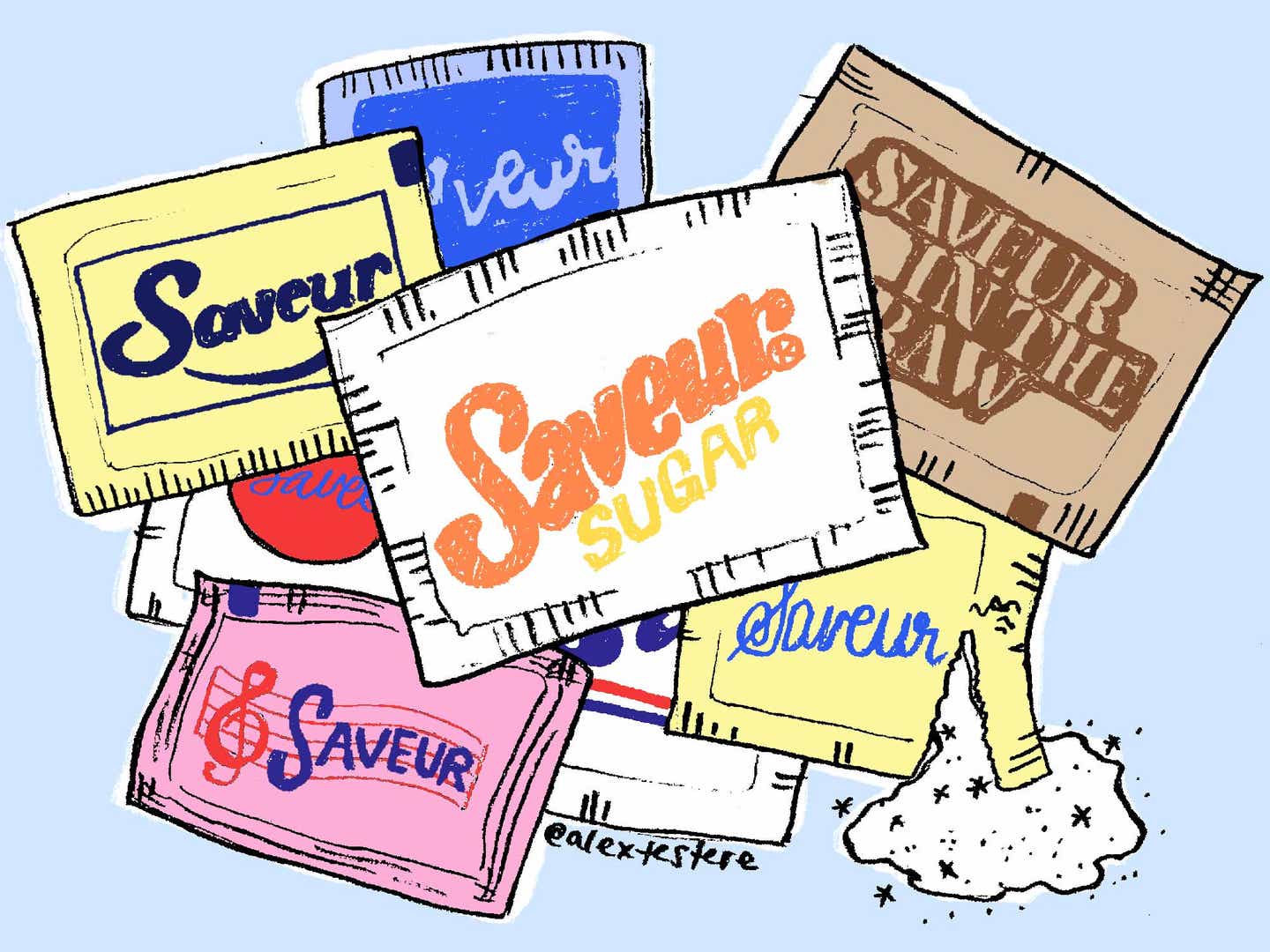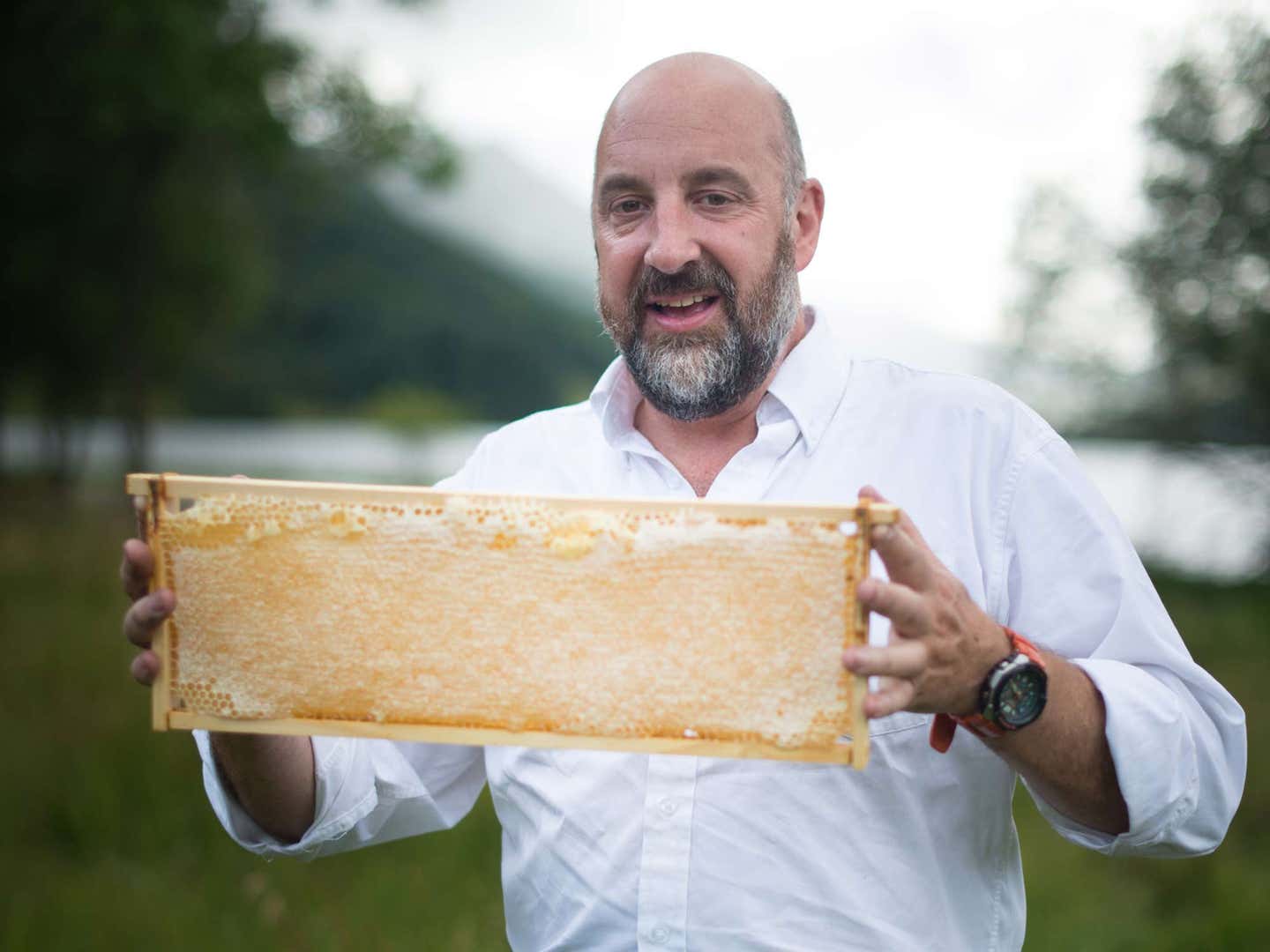
What Happens When Every Element of Nature Conspires to Keep You From Making Honey? It Tastes Incredible
You need to try heather honey, the sweet miracle of Scotland
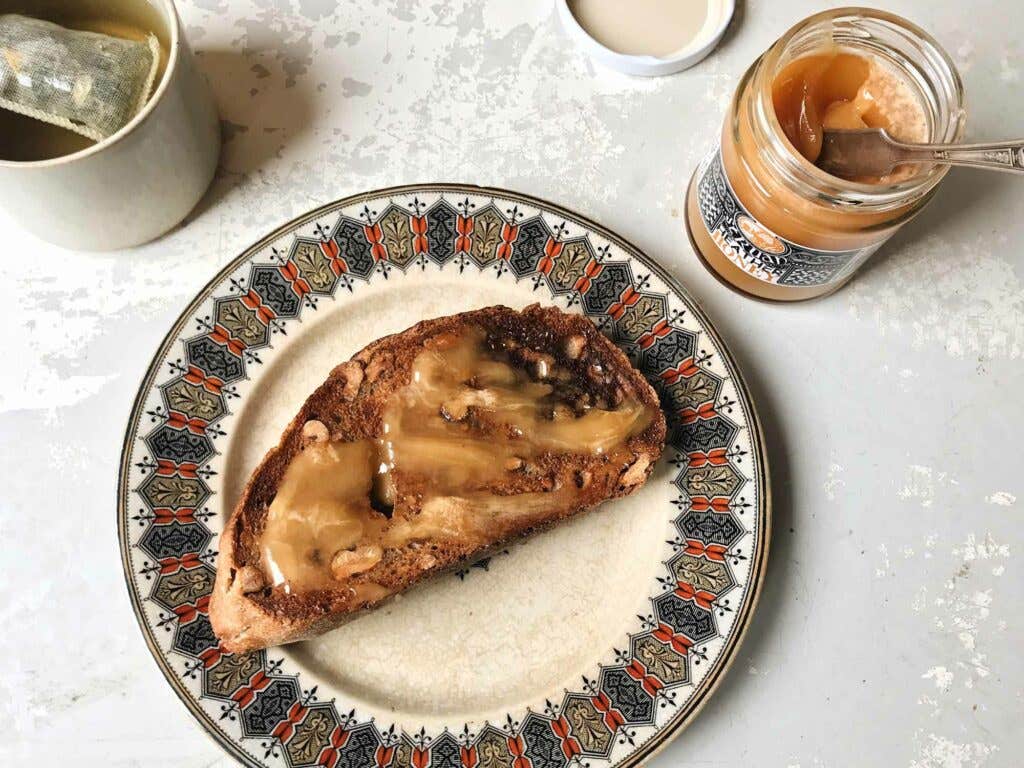
For just a couple weeks in early September, Scotland’s wide and rolling moors are awash in bell-shaped magenta flowers. The ubiquitous heather shrubs, often the only plant to truly thrive in these barren environs, suddenly burst into life, and every year the vigilant Scottish beekeepers are poised and ready for their one shot at a honey harvest.
The result is a honey so strange, so mesmerizing and mercurial, that those Scots will go to extraordinary means just to collect a small batch.
Intensely aromatic, pure heather honey smells a bit like lying face down in a hay-filled barn, if that hay were also slathered in toasty caramel and scattered with bundles of fresh mint and sage. The taste is milder, but with a powerful herbaceousness that lingers long on your tongue.
It’s an incredible thing. But given just how hard it is to make, it’s a miracle there’s any heather honey at all.
A Botanical Labor of Love
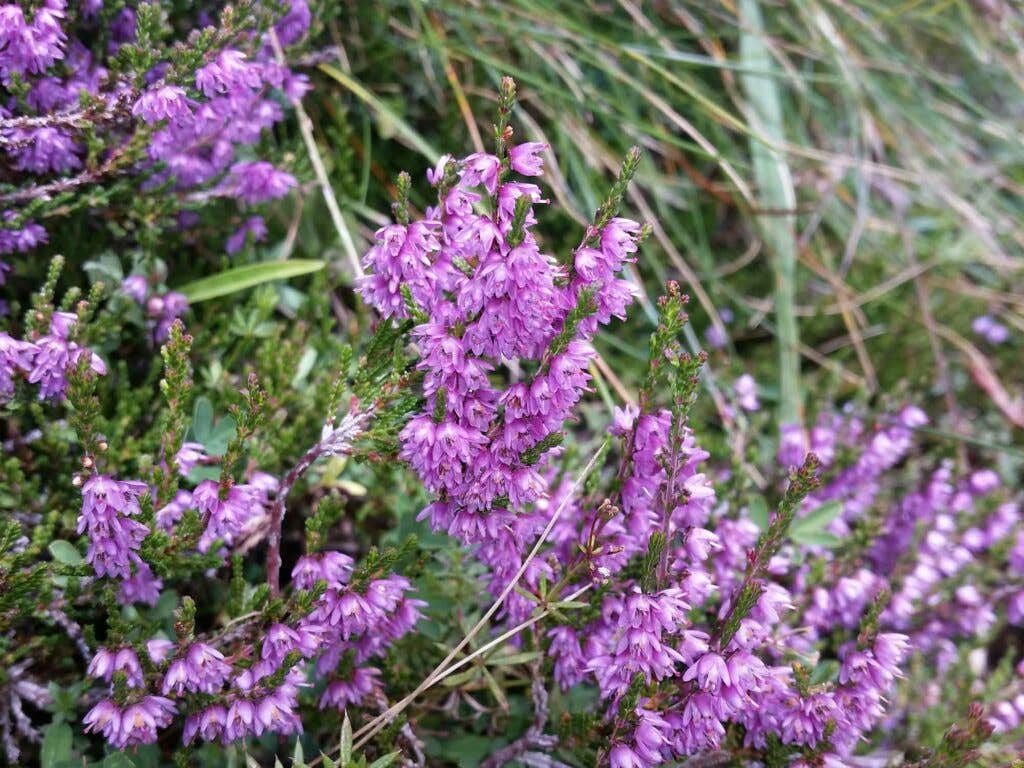
While relatively common throughout northern Europe, heather holds a unique cultural significance in the UK, and particularly in Scotland where Calluna vulgaris covers somewhere around 80 percent of the landscape. During September, you'd be hard pressed to find a honeybee in the entire country that hadn't just been nuzzling up against a heather blossom.
The Scottish moorlands, which occupy the liminal space between low, cultivated farmland and the tops of the highland mountains, are a difficult terrain for plant growth. Resilient heather, however, does remarkably well here, and the local farmers couldn’t support their grazing livestock without it. But in the hustle to get the most out of their land, many farmers keep bees as well, even if the heather only blooms for a few days each year.
Heather’s fickle flowers are only the beginning of the challenges these farmers have to face. Not only are the blossoms short-lived; they also but they appear much later than those in the rest of the country; by the time Scotland’s chilly September is underway, most bees are already huddled in their hives preparing for winter.
To delay this, many beekeepers, who spend most of the year farther south where temperatures are relatively warmer and bee food abounds, will stimulate the hive’s production sometime in July, to keep the bees active through August and September. Then, when the heather is just about to bloom, they’ll pack up their dozens of hives—bees inside—and schlep them up north for a few weeks of purplish pink indulgence. And when the flowers fade, it’s back south again for several months of peace and quiet.
Assuming temperature, weather conditions, colony health, and any number of other factors have come together favorably to net the beekeeper a honey harvest at all, harvesting it is an equally laborious task, in part because of its peculiar texture: In the hive, heather honey is nearly solid. It’s thixotropic, a fancy physics term that means the honey becomes more liquid as it’s stirred or agitated. This presents a unique problem for getting the honey out of the honeycomb, since it can’t be spun in a centrifuge like most honeys can. Instead, it must be scraped and pressed through a sieve, or else kept in the honeycomb. Some beekeepers have even developed an advanced extraction system that features a plate with hundreds of plastic needles, arranged in a honeycomb pattern, that individually agitates the honey within each comb, allowing it to then be spun out as a liquid.
The dedication to the craft comes from a centuries-long local tradition, and in an environment often inhospitable to anything more than low-lying shrubs like heather, it’s no surprise that farmers go through such great lengths to utilize it. Between honey production and the local livestock that graze almost exclusively on Scottish heather, it’s become an indispensable part of both the country’s economy and its local ecosystem.
The Sweetest Taste of Scotland
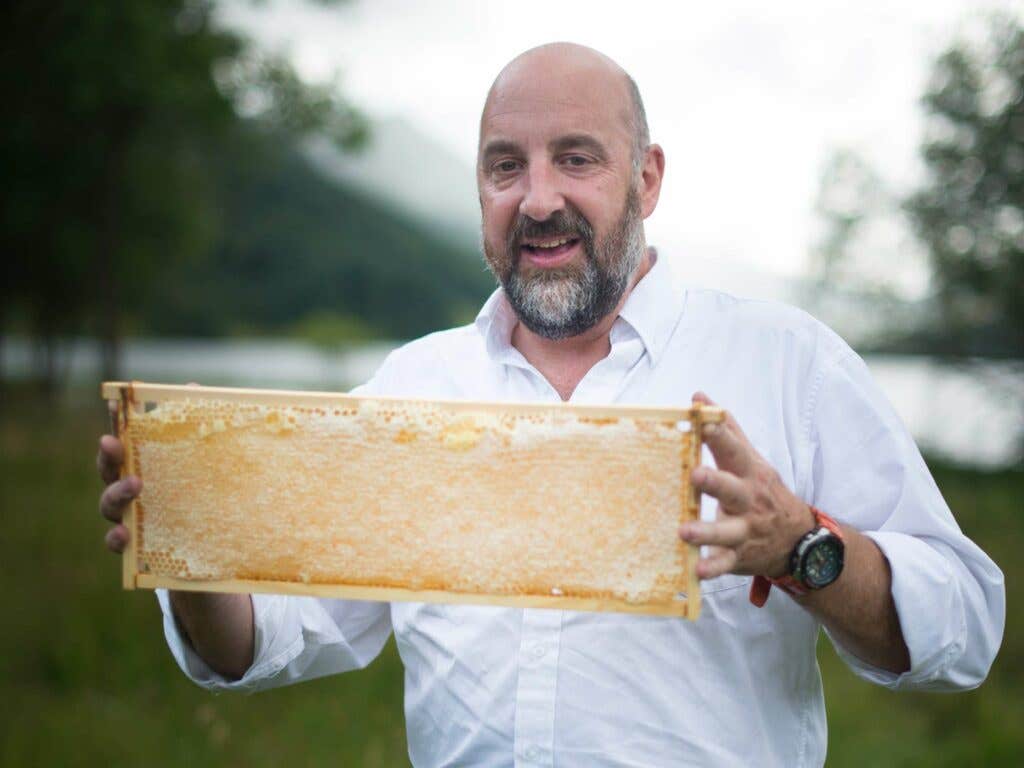
But to the average honey lover, the appeal of heather honey lies largely in its remarkable, intensely fragrant flavor. Tom Lewis, the foraging chef behind Monachyle Mhor, a bubblegum pink 18th-century-farmhouse-turned-boutique-hotel nestled deep within Scotland's Trossachs National Park, has kept bees on the grounds since 2009 to provide honey for his hotel's guests. "You find yourself talking to the bees in the morning with your cup of coffee," he tells me. "They're interwoven with everything in life."
At breakfast in the morning, I stir some of their local honey into my oatmeal; its aroma is heady and earthy and unmistakable, even as I smell it on my hands hours later. Scottish moors are occasionally burned to encourage new heather growth, and in Tom’s heather honey, and other heather honeys too depending on the year they were harvested, a subtle, a lingering smokiness comes through too, a delicious remnant from the fiery fields.
Tom encourages caution when cooking with it, as it can often overpower more subtle flavors, and so his favorite application is a simple one: “sourdough toast spread with heather honey and lightly warmed brambles [blackberries, to us Americans], and a dram of 21-year Glengoyne whisky.”
Where to Get It
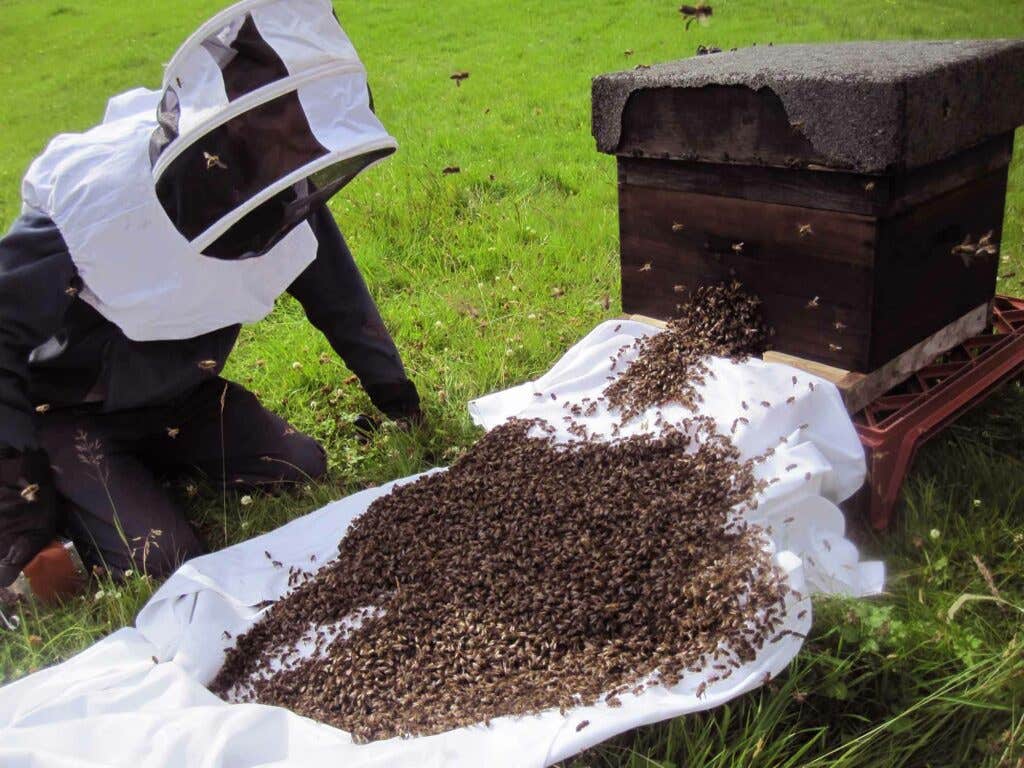
For a taste of Monachyle Mhor's own honey, you'll just have to take a trip out to Perthshire (you won't regret it), but the budget-conscious adventurer can find heather honey from other beekeepers online: Scottish Gourmet USA imports the "Rolls Royce" of honey (named so for its superior quality and luxury status) from Scotland's beloved Struan Apiaries, and is likely the most reliable and affordable way to purchase some stateside, unless you come across it in your local specialty foods shop. A few other brands are periodically available on Amazon as well, including John Mellis Apiaries and Heather Hills Farm, but be sure to look for "Pure Heather" on the label for the most pronounced flavor.
More From The Sugar Files
Keep Reading
Continue to Next Story
